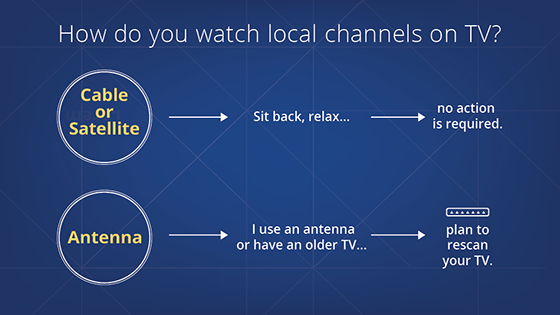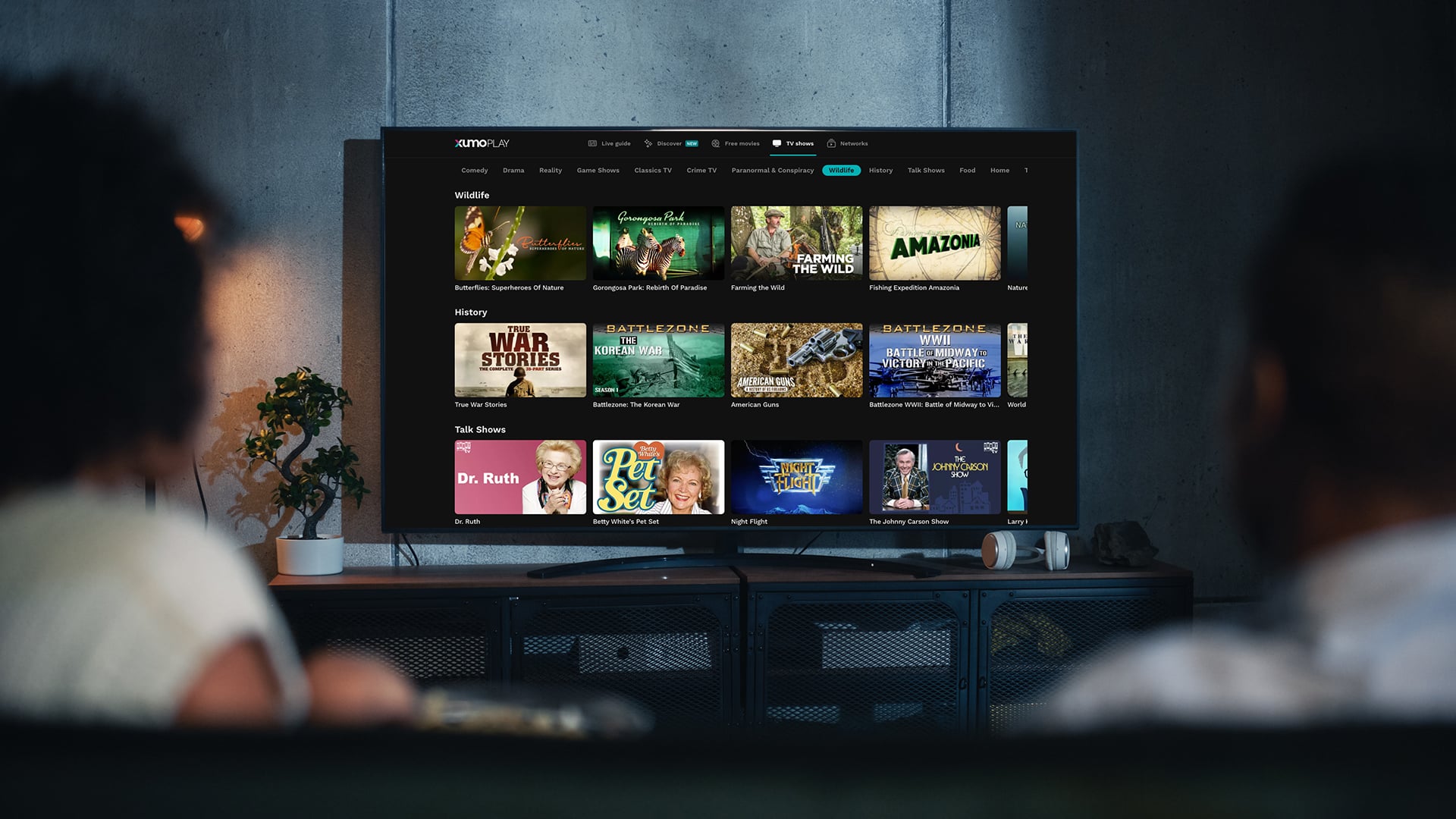Rumored Buzz on Apollo Group Tv
Rumored Buzz on Apollo Group Tv
Blog Article
Unknown Facts About Apollo Group Tv
Table of ContentsNot known Details About Apollo Group Tv Not known Details About Apollo Group Tv The Apollo Group Tv StatementsIndicators on Apollo Group Tv You Need To Know
In this situation, as opposed to having three-minute commercial places during a 30-minute tv program, TV programming might transform to one where a consumer will be called for to have a monthly subscription, so that they cen view targeted banner advertisements. This sort of advertising already happens on the net, and the quantity of information tv firms accumulate enables them to do similar.Clarify the impact of sponsors on program content. Define the significant fads among the broadcasting and cable networks. When television was in its early stage, producers modeled the brand-new medium on radio. Popular radio shows such as authorities drama Dragnet and western cowboy collection Gunsmoke were adapted for television, and new TV shows were sponsored by single advertisers, equally as radio shows had been.
Today, the tv market is even more complex. Programs are sponsored by numerous advertisers; programming is managed by major media empires; and the 3 major networks no much longer control the airwaves yet rather share their viewers with numerous cable television channels. Numerous factors account for these trends within the industry, consisting of technological advancements, federal government regulations, and the creation of brand-new networks.

What Does Apollo Group Tv Mean?
Even public television has come to be based on the impact of advertising and marketing. Developed in 1969, (PBS) developed out of a record by the Carnegie Compensation on Educational Television, which examined the duty of educational, noncommercial television on culture. The record recommended that the federal government money public tv in order to offer variety of programs during the network eraa solution created "not to market items" but to "boost citizenship and civil service (McCauley, 2003)." Public television was additionally meant to provide global access to tv for customers in rural locations or viewers who might not afford to spend for exclusive tv services.
The period between 1950 and 1970 is traditionally recognized as the. Other than a small section of airtime regulated by public television, the 3 major networks (called the Big Three) controlled the television industry, collectively making up greater than 95 percent of prime-time viewing. In 1986, Rupert Murdoch, the head of international company News Corp, released the Fox network, challenging the supremacy of the Big Three.
Targeting young and minority audiences with programs such as Buffy the Vampire Killer, Moesha, Dawson's Creek, and The Wayans Bros., the new networks hoped to attract terminals away from their old network affiliations. Nonetheless, instead than repeating the success of Fox, UPN and WB battled to make an effect. Unable to bring in lots of affiliate terminals, both fledgling networks got to less houses than their larger opponents due to the fact that they were inaccessible in some smaller sized cities.
This decision led the way for the development of cable flick networks, adding to the exponential growth of cable in the 1980s and 1990s. apollo group tv. More deregulation of cable television in the 1984 Cord Communications Policy Act removed restrictions on wire prices, enabling operators to charge what they desired for cable solutions as long as there was effective competitors to the solution (a requirement that over 90 percent of all wire markets could satisfy)
The smart Trick of Apollo Group Tv That Nobody is Discussing

Having developed the initial "superstation," Turner broadened his realm by founding 24-hour information network CNN in 1980. At the end of the year, 28 national programs services were available, and the cable transformation had actually started. Over the following years, the sector undertook a period of fast growth and popularity, and by 1994 customers have a peek at these guys might pick from 94 basic and 20 premium cord services.
Figure 9 - https://pxhere.com/en/photographer-me/4399172.16 Increased competition from cable television channels has created a consistent decline in the networks' audience ratings. During the 1950s, the price of creating a solitary television program boosted as shows ended up being much longer and production costs skyrocketed. Sponsorship on network television moved from solitary sponsorship, in which a program was entirely sustained and generated by one advertiser, to several sponsorship, in which marketers bought 1- or 2-minute areas on the program
Pick one of the Big Four networks and publish out its weekly programs schedule. See the network's prime-time programs over the course of a week, keeping in mind the target market for each program.
Some Known Factual Statements About Apollo Group Tv

Direct television, often referred to as typical program television, encompasses cable and satellite television. It's called "linear" due to the fact that web content complies with an established programming timetable, unlike on-demand content which the private audience chooses to watch based upon their own preferences and schedule. So, when you ask, "What is straight TV?", assume of it as the traditional method of seeing TV that has actually been around for decades.
Report this page